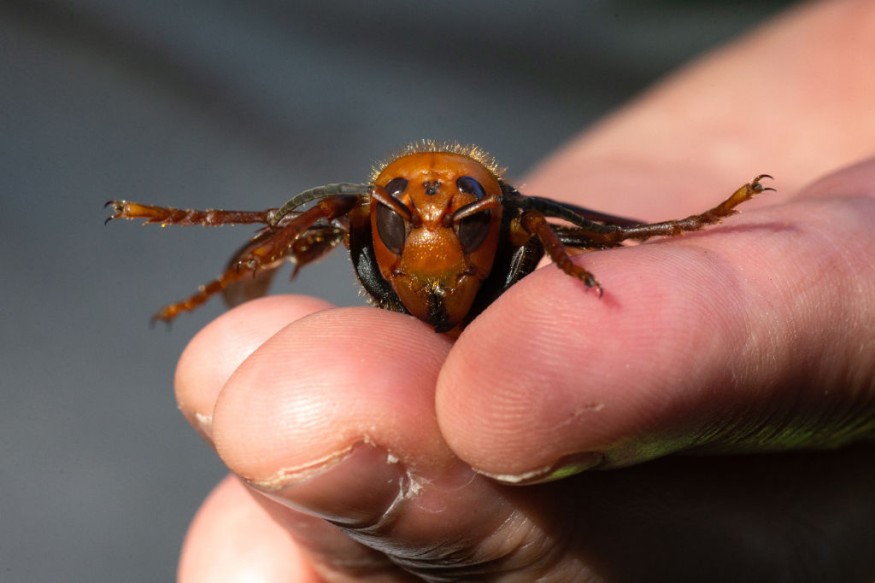
A team of researchers have had enough of the giant hornets, invasive vespid species in North America and are originally from Asia.
The team recently found that male giant hornets (Vespa mandarinia), which have wreaked havoc on the bee population in the United States, can be lured to death using sex traps, according to CNN.
These predatory "murder" hornets harm over $100 million of bee-pollinated crops production annually as per Wiley Online Library, especially to North American bees which have not yet developed protection from the invasive species.
Study author James Nieh, professor and associate dean in the department of biological sciences at the University of California San Diego said that referring to them as the sensational "murder hornets" should be avoided.
"They are predators, but so are lions and tigers, and we do not call them murder lions," he said.
The invasive species are difficult to eliminate due to them being all eusocial, benefit from division of labor, have large colonies, and can have hidden nests.
Setting traps
Male hornets are attracted to the female hornet's sex pheromone - chemicals that are produced to convey information within a species, according to Nieh. The team made a series of traps using their own mixtures of synthetic pheromones along with a natural sex pheromone from a female V. mandarinia to test which traps best.
To put icing to the cake, "each trap was outfitted with a dummy female hornet to attract the males as well," Nieh said.
The study published in the journal Current Biology highlights the "urgent need" to learn more about V. mandarinia's reproductive biology and develop trapping methods to control its reproduction.
After setting up the traps near hornet colonies in China's Yunnan province, the team found that the queen-equivalent pheromone made of major active compounds - hexanoic acid, octanoic acid and decanoic acid - lured male hornets the most. This "winning trap" captured over 16 times more hornets than a trap without pheromones, according to the study.
Throughout the day, the team captured thousands of male giant hornets.
Like a mouse trap
According to Nieh, to stop hornets on their tracks, researchers used materials similar to a sticky mouse trap for other scientists to easily re-create around North America. The chemicals used were also easy to purchase at suppliers in the United States, so implementing this kind of trapping method wouldn't be that much of a hassle.
Allen Gibbs, a professor in the department of life sciences at the University of Nevada, Las Vegas, who was not involved in the study said that although the method was effective for capturing large number of giant hornets in a short period of time, it may not be an ideal system for the reason that the method only attracted hundreds of males but no females or other species.
"If they've already mated, the females are free to fly off and start a new colony," he added.
In addition, "hornets only mate for a few months in the fall, so the trapping method could only be implemented during that time," Gibbs noted.
© 2025 NatureWorldNews.com All rights reserved. Do not reproduce without permission.





